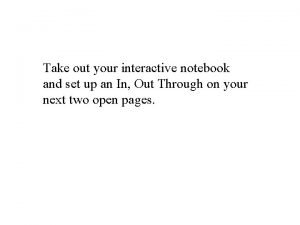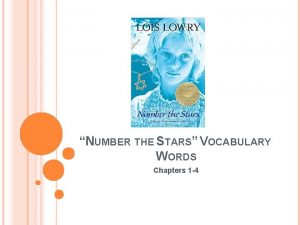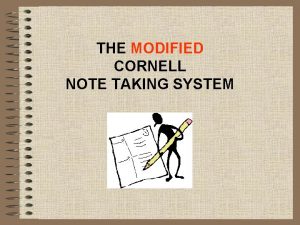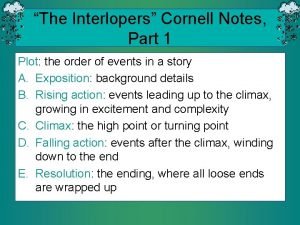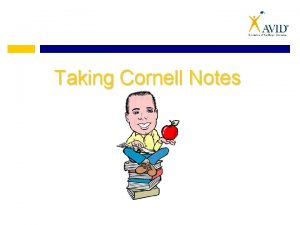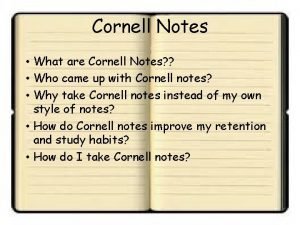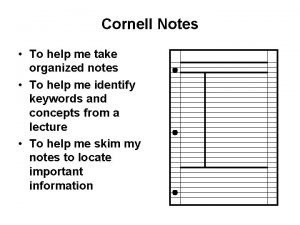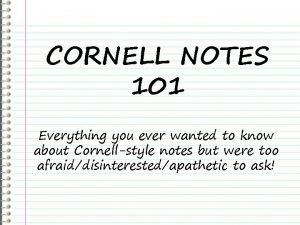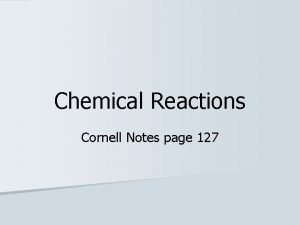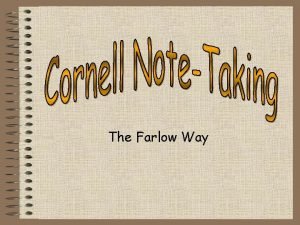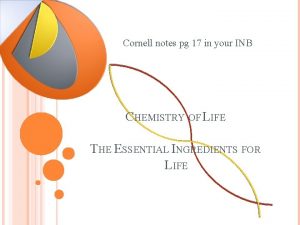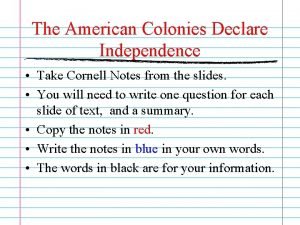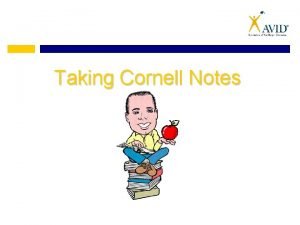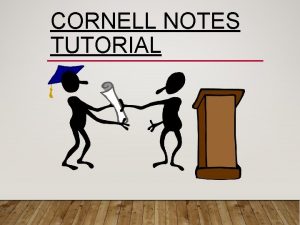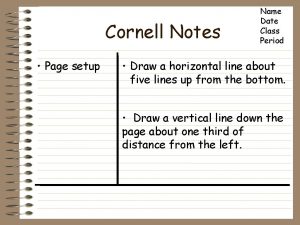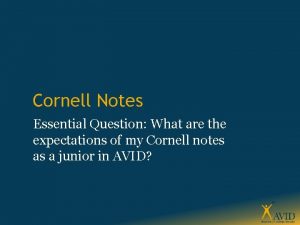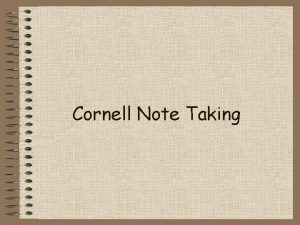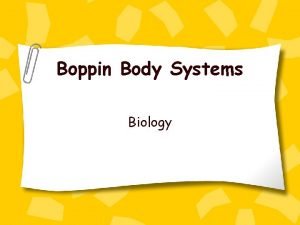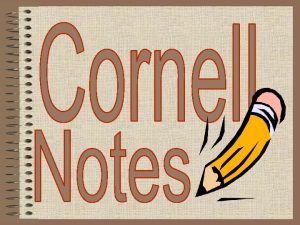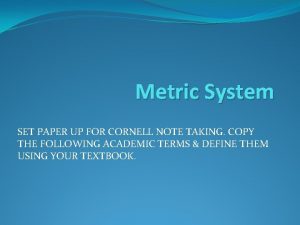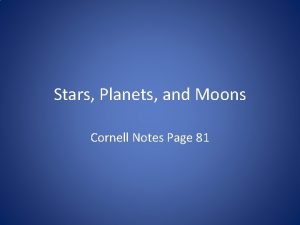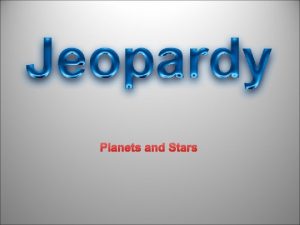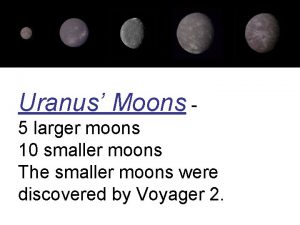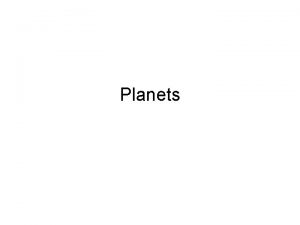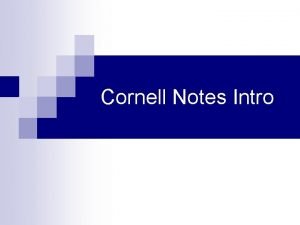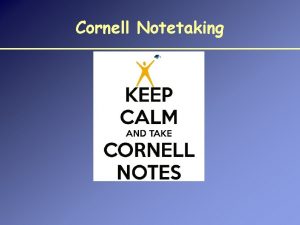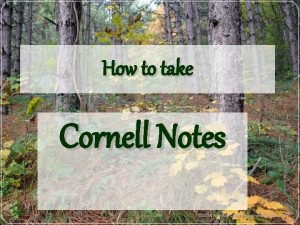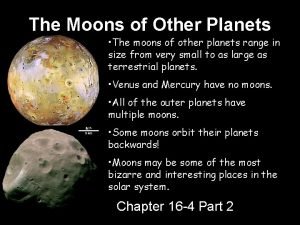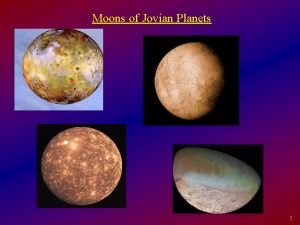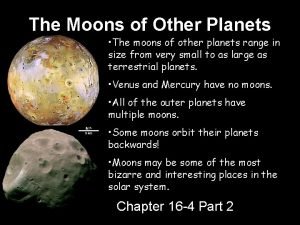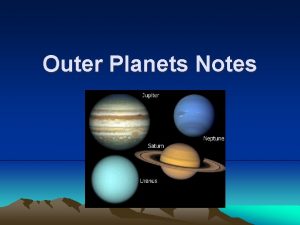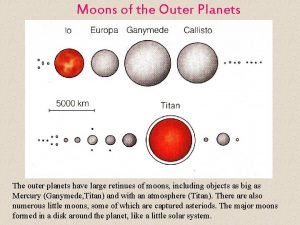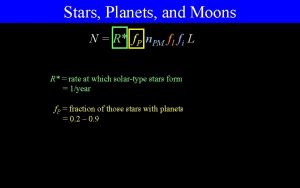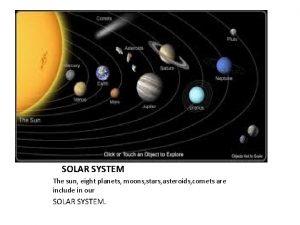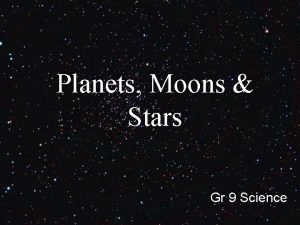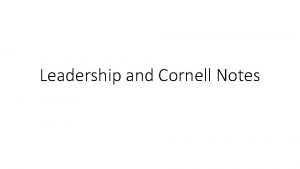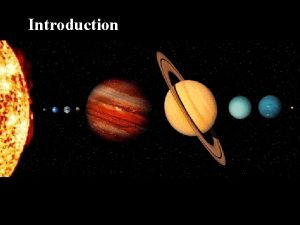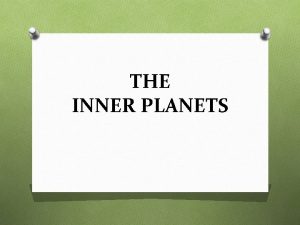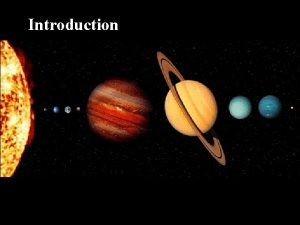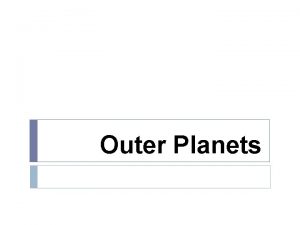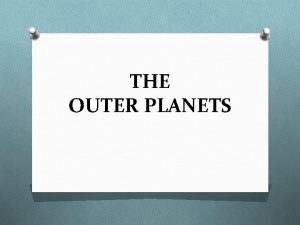Stars Planets and Moons Cornell Notes Page 73





























- Slides: 29

Stars, Planets, and Moons Cornell Notes Page 73

Stars • the Sun is our closest star • a massive sphere of gas • so much pressure from its own gravity, nuclear fusion takes place- this creates “sunlight!” • Hydrogen Helium

Sunlight • Electromagnetic Radiation (energy emitted through space as particles or waves) – Mostly visible light, UV light, and infrared, some radio and microwaves. – Most X-rays and Gamma rays are absorbed by earth’s atmosphere (don’t reach surface)



Planetary Nebula







http: //www. seasky. org/cosmic/sky 7 a 01. html

To scale or not to scale?

Planets • body that revolves around a star • large enough to be rounded by own gravity • has cleared an orbit for itself

Planets • body that revolves around a star • large enough to be rounded by own gravity • has cleared an orbit for itself- Pluto has debris in its path- not a true planet!

Solar System on a Sentence Strip • Please follow along with me!

Our Solar System • Cornell Notes page 79

Our Solar • 8 planets revolve around our sun, as well as many System other celestial bodies • Heliocentric

4 Inner Planets • Mercury, Venus, Earth, Mars • “Terrestrial Planets” • Small, dense, rocky

Asteroid Belt • Between Mars and Jupiter • Many irregularly shaped bodies called asteroids and minor planets


4 Outer Planets • Jupiter, Saturn, Uranus, Neptune • Very Large • “Gas Giants” and “Ice Giants”



Pluto • Originally the 9 th planet • Located in the Kuiper Belt- (similar to the asteroid belt but objects are small and icy) along with Eris, another dwarf planet.


Charon- Pluto’s big moon

 What separates the inner planets and outer planets
What separates the inner planets and outer planets The inner solar system by leslie
The inner solar system by leslie Inner planets and outer planets
Inner planets and outer planets First four planets
First four planets Are jovian planets more dense than terrestrial
Are jovian planets more dense than terrestrial There are millions of stars in the sky
There are millions of stars in the sky Cornell notes for anatomy and physiology
Cornell notes for anatomy and physiology Ions and ionic bonding cornell doodle notes
Ions and ionic bonding cornell doodle notes Number the stars vocabulary words with page numbers
Number the stars vocabulary words with page numbers Modified cornell notes
Modified cornell notes Cornell notes the interlopers
Cornell notes the interlopers What does cornell notes look like
What does cornell notes look like Parts of cornell notes
Parts of cornell notes Cornell notes example
Cornell notes example How does cornell notes work
How does cornell notes work Cornell notes advantages
Cornell notes advantages Cornell notes chemistry
Cornell notes chemistry Cornell notes setup
Cornell notes setup Walter pauk cornell
Walter pauk cornell Cornell notes for chemistry
Cornell notes for chemistry Cornell notes youtube
Cornell notes youtube Cornell notes on the declaration of independence
Cornell notes on the declaration of independence What does cornell notes look like
What does cornell notes look like Cornell notes steps
Cornell notes steps Cornell notes setup
Cornell notes setup Cornell notes essential question
Cornell notes essential question Cornell note setup
Cornell note setup Biology cornell notes
Biology cornell notes How to set up cornell notes
How to set up cornell notes Metric system cornell notes
Metric system cornell notes







